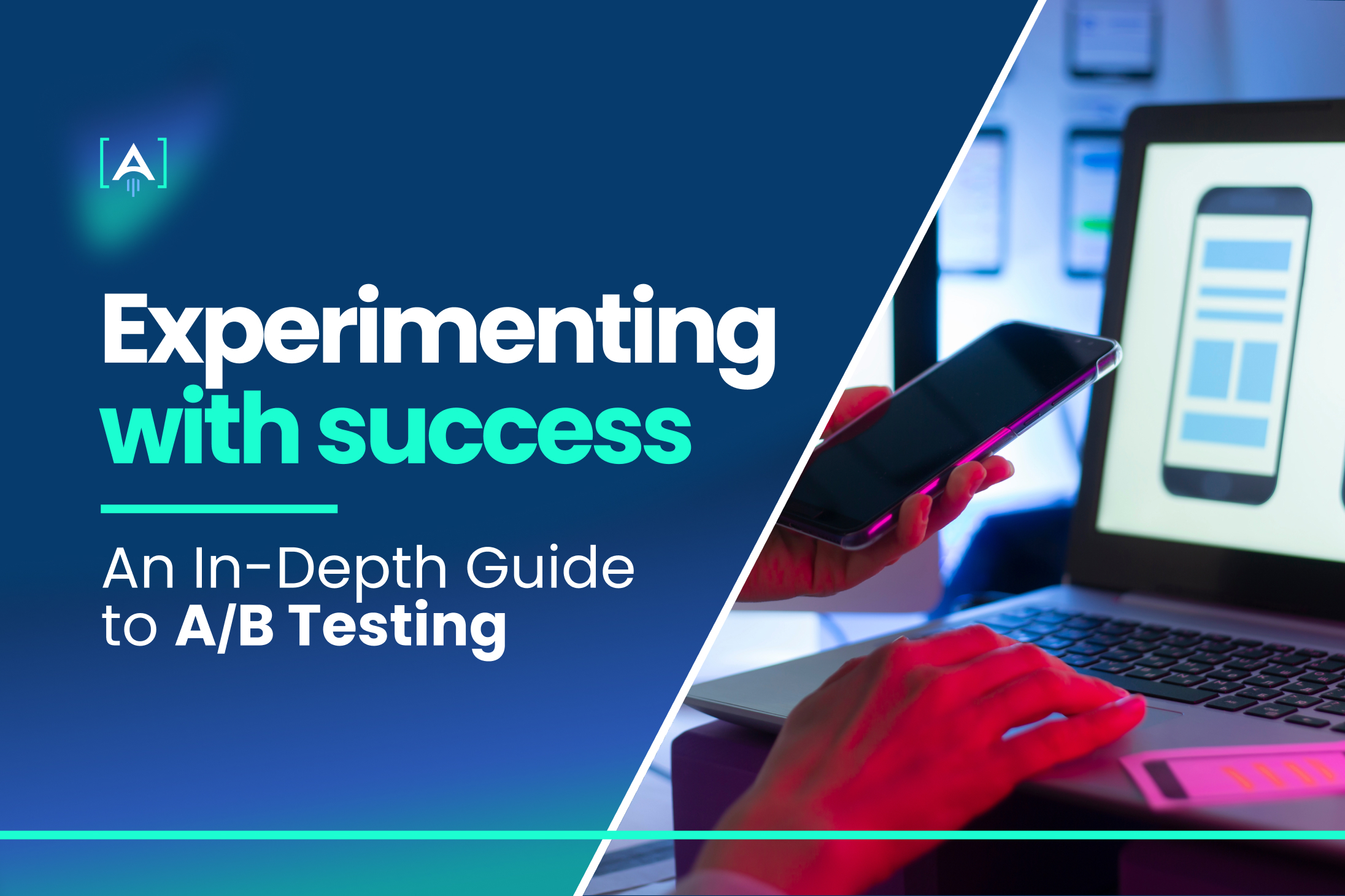Every decision we make, big or small, shapes our future in one way or another. But what if there was a way to peek into the outcomes of our choices before making a commitment in marketing?
There’s a magic wand that does precisely that. Welcome to the A/B Testing in digital marketing. It’s where science meets marketing, enabling businesses to make informed decisions with confidence. This tool ensures that strategies are not based on mere hunches but on concrete evidence.
This article will discover the essence of A/B Testing in digital marketing and its paramount role in growth marketing strategies. So, let’s dive in!
What is A/B Testing?
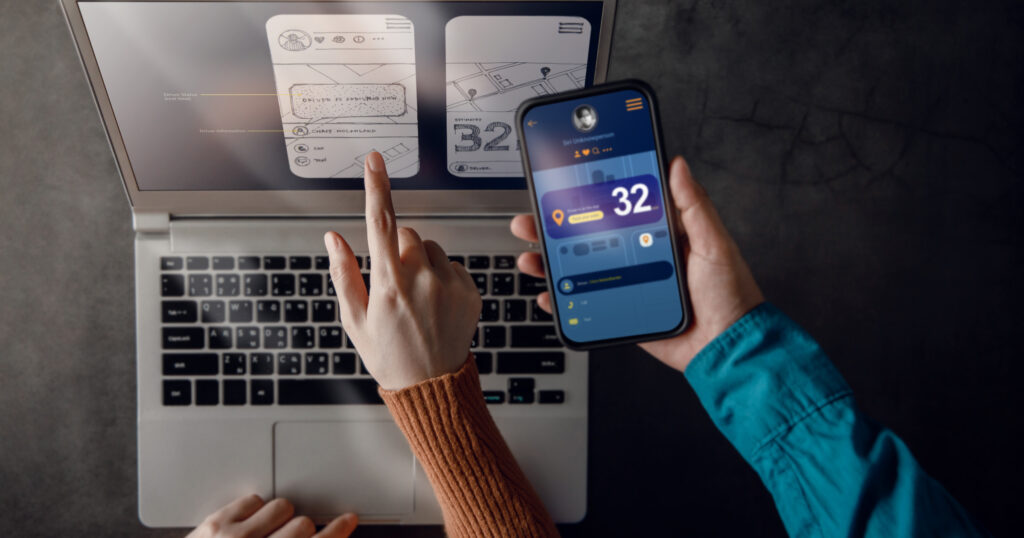
So, what exactly is A/B Testing in digital marketing? At its core, A/B Testing or split testing is a method for comparing two versions of something against each other to determine which performs better.
It plays a critical role in fine-tuning omnichannel marketing strategies by ensuring that each channel delivers optimal results and enhances the overall customer experience.
Imagine you have two recipes for chocolate chip cookies. You bake one batch with Recipe A and another batch with Recipe B, then ask your friends to taste them. Whichever recipe gets more love is the one you go with. Simple, right?
In marketing, it’s the same idea, but instead of cookies, we’re usually comparing things like website designs, ad campaigns, or email marketing strategies.
A/B testing is an essential part of refining and optimizing the various stages of your growth loops.
Historical Context: From Ronald Fisher to Today
The concept of A/B Testing is not new; it dates back almost a century. Initially used by Ronald Fisher in the field of agriculture, the methodology was later adapted for medical trials and eventually found its way into marketing.
The mathematical principles have remained consistent, but the applications have evolved with technology.
Since the rise of the internet in the 1990s, A/B Testing has become an indispensable tool in digital marketing. So, yes, it’s old—but like a fine wine, it’s only gotten better with age.
Importance in Marketing Strategy: Going Beyond Intuition
You might ask, “Why can’t I just go with my gut feeling?” Good question! Intuition has its place, but if you want to make decisions that are truly effective, data is your best friend. Some marketer prefer ICE scoring, which ensures that decisions are informed by data and strategically aligned to achieve measurable results.
A/B Testing, however, allows you to make choices based on real, tangible results, not just hunches.
Let’s say you’re trying to improve the click-through rate on your website’s call-to-action (CTA) button. Instead of changing the button color and hoping for the best, you could run an A/B Test.
Version A might have a blue button, while Version B sports a red one. You send 50% of your visitors to each version, then look at the data to see which color led to more clicks. Boom! You’ve got your answer backed by numbers.
Why Should Marketers Care About A/B Testing?
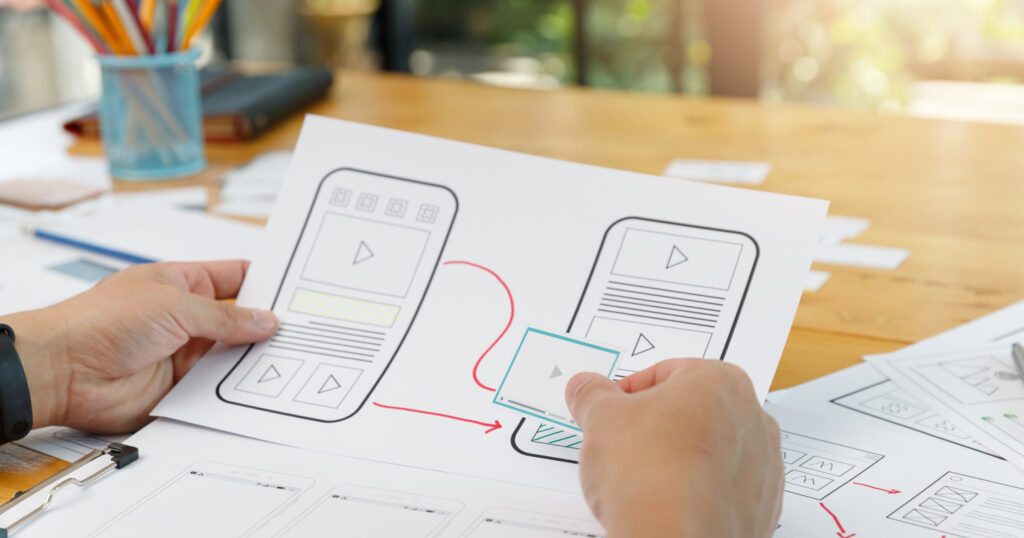
You’re already juggling a lot of balls—budget, strategy, ROI, analytics, and more. So, why add another to the mix? Trust me, A/B Testing isn’t just another fad; it’s a must-have skill for any marketer. Here’s why:
ROI Improvement: Making the Most of Your Budget
Firstly, who doesn’t like to save money? A/B Testing in digital marketing allows you to experiment with different variables, such as headlines, images, or call-to-action buttons. By seeing which version performs better, you maximize the value of your investment! Imagine knowing that changing a single word in your email subject line could increase open rates by 20%. That’s the power of split tests.
Precision Targeting: Understand Your Audience Better
Next up, let’s talk about your audience. You know, the folks you’re trying to reach and impress. A/B Testing helps you understand what tickles their fancy. Is it a fun and quirky message or a serious and straightforward one? Knowing this enables you to tailor your future campaigns to what your audience likes, making each marketing dollar spent more effective.
Future-Proofing: Adapt to Market Trends Quickly
Finally, let’s not forget that the market is always changing. What worked yesterday might not work tomorrow. A/B Testing allows you to adapt to these shifts rapidly. If you’re testing continuously, you’ll notice trends before they become obvious. This way, you can pivot your strategy in real time, staying one step ahead of the competition.
The Goals of A/B Testing
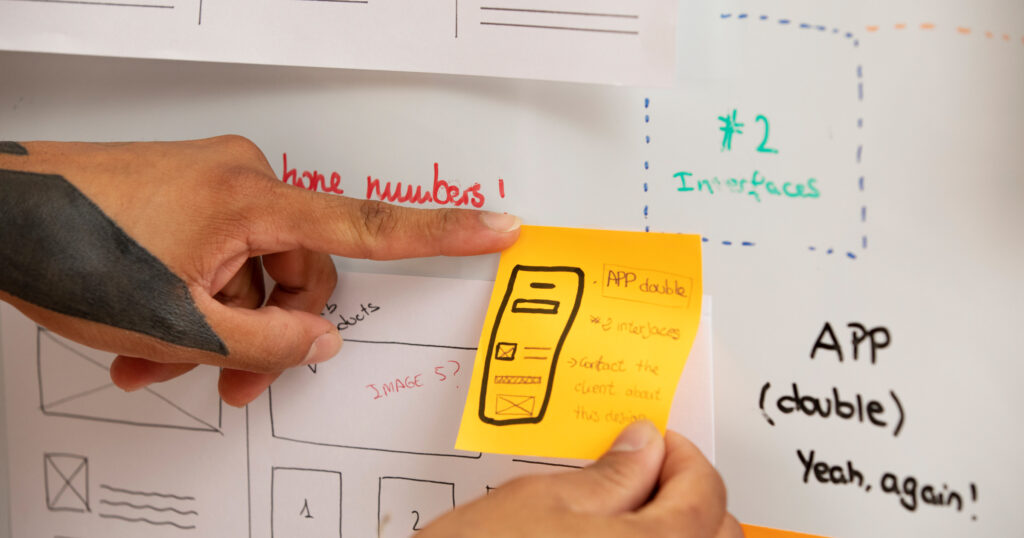
Success has many faces. In A/B testing, your goal may vary depending on what you aim to achieve.
Here are some typical goals you might consider:
- Increased Website Traffic: Want more people to visit your site? A/B testing helps you tweak elements to attract more eyeballs.
- Higher Conversion Rates: It’s not just about visits; it’s about action. Use A/B testing to identify what makes users click, buy, or subscribe.
- Lower Bounce Rates: Keep your audience engaged. Test different layouts or content to encourage visitors to stick around.
- Lower Cart Abandonment: People leaving items in the cart? Figure out what turns a browser into a buyer.
- Perfecting Product Images: A picture is worth a thousand words—and sales! Test various images to find out which one drives more conversions.
- Improved User Engagement: Find out what keeps users clicking, reading, or interacting on your site.
- Higher Average Order Value: Boost your sales per customer. Test cross-sells, upsells, and other techniques to lift the average order value.
- Increased Customer Retention: Happy customers come back. Use A/B testing to fine-tune what makes your audience loyal.
- Enhanced Email Open Rates: Not all emails are read. Experiment with subject lines and timing to get those eyes on your message.
- Improved Click-Through Rates: Make every click count. Test your calls to action, buttons, and links to maximize engagement.
- Reduction in Customer Service Queries: Save time and money. A well-designed website or app can answer questions before they’re even asked.
- Streamlined User Experience: Nobody likes clutter or confusion. Use A/B testing to make your user experience smooth and enjoyable.
- Optimized Ad Spend: Get more bang for your buck. Test which ads deliver the best ROI so you know where to invest.
- Increased Social Shares and Interactions: Social proof matters. Test different sharing options and incentives to increase your social reach.
- Higher Revenue Per User: Use A/B testing to find the strategies that make each user more valuable.
Terminology and Concepts to Know
Before we venture further, let’s familiarize ourselves with the terms. Understanding them is like packing the right tools for an expedition. It ensures we’re equipped and ready for whatever challenges lie ahead.
Independent and Dependent Variables
Independent Variables: Think of these as the ingredients in a recipe that you can tweak. In an A/B test, you’re the chef, deciding to perhaps try a pinch of paprika instead of pepper.
This ‘pinch’ – be it a color change, a new headline, or any other adjustment – is your independent variable. An illustrative example? Imagine you’re experimenting with the color of a call-to-action (CTA) button. The color choice is your independent variable.
Dependent Variables: Now, after cooking, we want to know if our dish is a hit or miss. In A/B testing, this is the outcome we’re eager to measure, called the dependent variable.
If our earlier experiment was about the CTA button color, then the number of times it got clicked (click-through rate) would be our dependent variable.
Control vs. Challenger Setups
Control Setup: Picture your favorite comfy pair of shoes. They’re your go-to, your reliable pick. Similarly, in A/B testing, your control setup is the current, unchanged version of what you’re examining. It’s the benchmark, our trusted old pair.
Challenger Setup: Now, imagine buying a flashy new pair of shoes. They promise better comfort, more style, or perhaps both. In the testing world, this is your challenger – the version with alterations you’ve made to see if it outperforms the old favorite. Is the new shoe (or web page or email template) better? Only the test will tell!
Statistical Significance and Margin of Error
Statistical Significance: Have you ever heard someone exclaim, “It’s not just a coincidence!”? While A/B testing in digital marketing, we rely on statistical significance to make similar declarations. It gives us the confidence to say that observed changes aren’t just flukes but are genuinely due to the tweaks we made.
Margin of Error: Imagine aiming an arrow at a target. Sometimes, you might hit dead center, but other times, you may be slightly off. The margin of error is akin to that variability. It tells us the range within which our real results likely reside. A smaller margin? You’re Robin Hood, shooting with pinpoint accuracy. A larger one? Perhaps the wind swayed your arrow a bit!
Getting Your Hands Dirty: Deciding What to Test

Before you jump in, you need to decide what you’re going to test. Seems basic, but this is where many people trip up. So, let’s make this simple.
Elements That Can Be A/B Tested: From Subject Lines to CTAs
Subject Lines
Ever wonder why some emails get opened while others don’t? Start by testing different email subject lines to see what gets people clicking. Short vs. long, funny vs. formal—the variations are endless!
CTAs (Call-to-Action)
A CTA is like a signpost telling people what to do next. “Click here,” “Buy now,” and “Learn more”—testing different CTAs can significantly affect your click-through rates.
Landing Page Headlines
First impressions matter. The headline on your landing pages could make or break your conversion rates. Test variations to see what really resonates with visitors.
Page Layout
Believe it or not, something as simple as where you place an image or a button can affect user behavior. Play around with the layout and measure any changes in engagement or time spent on your site.
Ad Copy
Words matter, especially in ads. Try different versions of ad copy to see what gets people clicking and converting.
Factors Influencing Selection
Customer Behavior Analytics
Dig into the data. How are people behaving on your site? Use this info to decide which elements could make the biggest impact if changed.
Business Goals
What are you aiming for? More sales, higher engagement, or maybe customer retention? Make sure your tests align with your broader business goals.
Previous Test Results
Don’t reinvent the wheel. If you’ve run A/B tests before, use those results to guide your next steps. What worked? What didn’t? Build on that.
Resource Availability
Tests cost time, money, and human resources. Be realistic about what you can achieve with the resources you have.
On-Site vs. Off-Site Tests
On-Site Tests
These tests happen right on your website or app. Think of changes in page layout, form fields, or product images. Perfect for improving on-site engagement, SEO, or average order value.
Off-Site Tests
These are the tests you run outside your website. We’re talking email campaigns, social media ads, or any other outreach efforts. Great for driving traffic back to your site, increasing brand awareness, or getting new leads.
Planning Your A/B Test

Test Appropriate Items: Focusing on Sales and Conversion Drivers
Before diving into the depths of A/B testing in digital marketing, consider what you should be testing. Not all elements of your business or website need to undergo A/B tests.
Prioritize items directly linked to sales or conversions, like call-to-action buttons, signup forms, or product page layouts. This way, you’re focusing on areas that will give you the most bang for your buck!
Determine the Sample Size: Accurate Results Matter
Size does matter! You want your results to be accurate and representative. Inadequate sample size can give you skewed results, so it’s essential to calculate the right sample size based on the variance and effect size you’re expecting.
Scheduling and Timing: When and How Long to Run Tests
Timing can be everything! When will your audience be most active? When are they likely to convert? Also, remember to run the test long enough to gather conclusive data but not so long that external factors might influence results.
A/B Testing Checklist: Steps Before You Go Live
Ready to roll out your A/B test? Hold on a second! Here’s a checklist to ensure everything runs smoothly.
- Define Objectives: Begin with the end in mind. What do you want to find out? Whether it’s boosting sales, increasing clicks, or enhancing user engagement, be clear about your goals.
- Identify Variables: This is the heart of your test. Maybe it’s the color of a button, the phrasing of a headline, or the placement of an image. Pinpoint what you’ll be comparing.
- Establish Metrics: It’s all about the numbers. Decide on the Key Performance Indicators (KPIs) that will indicate your test’s success. This might be conversion rates, click-through rates, or other relevant metrics.
- Choose Tools: The right tools make all the difference. Whether it’s a popular tool like Optimizely or a niche tool tailored to your industry, pick one that meets your needs.
- Sample Size and Duration: As mentioned earlier, determine your test’s length and the number of participants.
- Randomize Audience: Avoid biases! Ensure your control and test groups are randomly selected to get unbiased results.
- Quality Assurance: Take a moment to double-check. Ensure all test elements are functional and appear as they should.
- Get Team Buy-In: Everyone on board? Make sure all stakeholders are informed and on board with the test.
- Document Test Setup: For your records and future tests, jot down how you’ve set everything up.
- Test on a Small Scale: As a bonus step, consider running a pilot. A small-scale test can help you spot any issues before the main event.
There you have it! A comprehensive yet crisp guide to A/B testing. Dive in, experiment, and pave your path to success. Remember, every test, win or lose, offers a lesson.
Tool Recommendations
You’ve got the basics down. You know what A/B testing is and why it’s important. Now, let’s talk about the toolbox—the software that’ll help you make all this testing magic happen.
- HubSpot: Easy to use and great for businesses already using HubSpot’s other tools like CRM and email marketing.
- Google’s Optimize: Free basic version that works well with Google Analytics, perfect for budget-conscious startups.
- Optimizely: Flexible enough for testing on websites and mobile apps, making it ideal for those who want more complex tests.
- Freshmarketer: Offers an intuitive interface and heatmaps alongside A/B testing, suitable for businesses keen on understanding user experience.
- Crazy Egg: Specializes in heat mapping and offers solid A/B testing, great for businesses focused on visual engagement.
- VWO (Visual Website Optimizer): Packed with features like split URL and multivariate testing, it is a go-to for those who love digging deep into data.
- Omniconvert: Combines A/B testing with customer surveys, which is great for marketers interested in mapping out customer journeys.
- Adobe Target: An enterprise solution offering robust analytics and personalization, best for large businesses wanting comprehensive data insights.
- AB Tasty: Lets you implement changes easily without coding skills, making it perfect for less tech-savvy marketers.
The Symbiosis of AI and A/B Testing

While A/B testing provides a framework to compare and contrast different versions of a campaign, AI amplifies its potential by bringing in predictive analytics, automation, and personalization.
Consider this: Traditional A/B testing, in its essence, is retrospective. It gives insights based on past data. Enter AI, and suddenly, we’re not just looking backward but forward. AI leverages machine learning to anticipate future user behaviors, thereby refining the accuracy and relevance of A/B tests.
Moreover, automation powered by AI is a game-changer. Instead of manually sifting through heaps of data to identify patterns, AI algorithms can:
- Automatically analyze data sets: This reduces human error and accelerates the testing process.
- Determine test variants: AI can pinpoint which elements to test based on patterns and trends, eliminating guesswork.
- Predict outcomes: With AI’s predictive analytics, marketers can get a glimpse into potential results even before a campaign fully rolls out.
But where AI truly shines in conjunction with A/B testing is in personalization. In the past, marketers segmented audiences into broad categories.
Now, with AI’s capability for hyper-personalization, experiences can be tailored for not just segments but individual users.
The ChatGPT Advantage
In marketing, every interaction counts, and rapid experimentation is key.
Here’s how generative AI models like ChatGPT can bolster A/B testing efforts in this space:
Scenario: Optimizing Onboarding for a New App
Company Profile: A startup that’s launched an app aiming to optimize daily productivity for remote workers.
Objective: To determine which onboarding flow drives more users to fully engage with all app features within the first week.
Deploying ChatGPT for A/B Testing in Growth Marketing:
To maximize organic growth marketing efforts, deploying ChatGPT for A/B testing can provide valuable insights into customer preferences and behavior, allowing for iterative improvements that drive sustainable business growth.
Generating Onboarding Content Variations: Rather than manually brainstorming, ChatGPT can be fed with data on user personas and preferences to generate specific content tailored to user segments.
Prompt: “Generate an onboarding message targeting remote workers aged 25-35 who prioritize task management. Highlight ease of use and integration capabilities.”
Feedback Analysis: Post onboarding, some users might provide feedback or reviews. ChatGPT can offer in-depth sentiment analysis.
Prompt: “Analyze this user feedback: ‘I liked the app’s interface, but the initial tutorial was a bit overwhelming.'”
Predictive Analytics for User Engagement: ChatGPT can provide predictions on user engagement trends based on A/B test outcomes.
Prompt: “Given that Onboarding A led to 40% feature engagement in the first week, while Onboarding B led to 60% with positive remarks about task management features, predict the potential engagement if we emphasize time-tracking features in the next onboarding version.”
Refinement Based on Results: Using the insights from the A/B test, ChatGPT can assist in honing the onboarding content further.
Prompt: “Refine this onboarding content from Version B for better clarity: ‘Synchronize your tasks and meetings with our XYZ feature.'”
When given the right prompts, ChatGPT can serve as an invaluable tool, enabling more precise targeting, sentiment analysis, and predictive insights to accelerate user growth and engagement.
Testing Approaches and Strategies
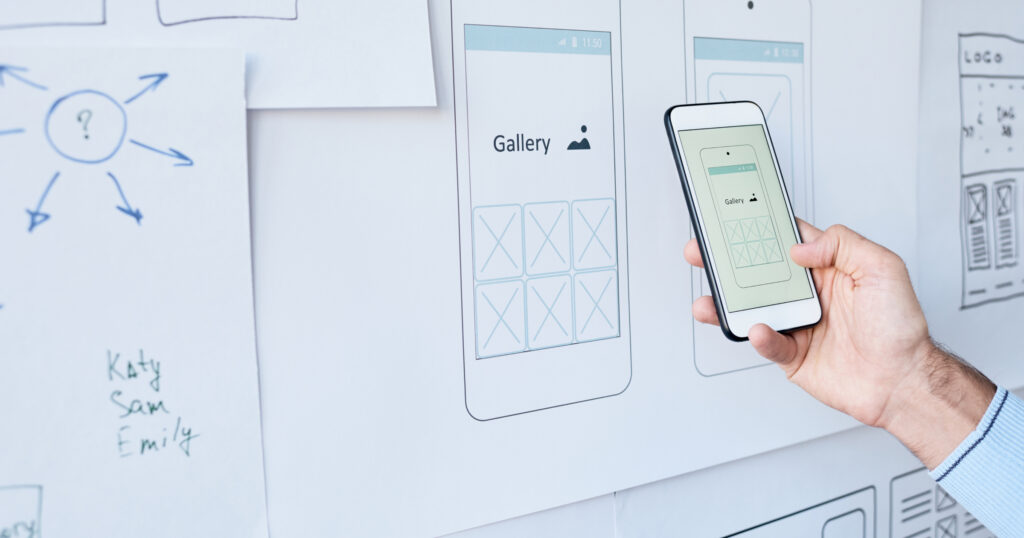
The world of A/B testing isn’t just about flipping a coin to decide which color button gets more clicks. It’s a sophisticated field, complete with its own range of techniques and strategies, each tailored to specific situations and goals.
Classic A/B Testing vs. Advanced Techniques
Sequential Testing
Remember the good old days of doing one thing at a time? That’s the essence of sequential testing. You run one A/B test, gather the data, and then run another.
Marketers often use this for straightforward tweaks, like changing an email subject line. It’s simple but can take a lot of time. Plus, it might not capture how multiple changes interact with each other.
Use sequential testing for simple scenarios where only one variable is in question. It’s the “keep it simple” method.
Multivariate Testing
Unlike A/B testing, which deals with one variable, multivariate testing lets you play with multiple variables at once.
All the elements, like the headline, images, and the “Buy Now” button, can all change in one go on the same web page. It’s great for complex scenarios but requires a larger sample size to gather reliable data.
Use multivariate testing when you’ve got a bunch of elements that might interact with each other. But make sure you’ve got enough traffic to get reliable results.
Bayesian Methods and Machine Learning Optimization
Welcome to the future! Bayesian methods and machine learning are the next-gen tools for A/B testing.
With some number-crunching power, these methods adapt in real-time and can even juggle multiple outcomes. Imagine having a self-driving car for your marketing tests—yeah, it’s that cool.
If you’re dealing with complex, fast-changing consumer behavior, Bayesian methods are your best friend.
Special Considerations
Blocking: Dividing Users to Eliminate Confounding Variables
Picture this: Your campaign performs well in New York but flops in Texas. If you lump everyone together, you’ll get skewed results.
That’s where “blocking” comes in. By grouping users based on things like location or device type, you can make sure external factors don’t mess up your results.
Always consider the user characteristics that could affect your test outcomes. Use blocking to keep things fair and square.
Importance of Randomization
Imagine you’re a chef, and you’re taste-testing two soup recipes. If you only let your family taste one, and strangers taste the other, you won’t really know which soup is better, will you?
The same goes for A/B testing. Randomly assign users to different groups to make sure you’re comparing apples to apples. Randomization is your secret weapon against bias and ensures a statistically significant difference in results. Use it wisely.
How Qualitative Data Complements A/B Testing
Numbers tell you the “what,” but they don’t always tell you the “why.” That’s where qualitative data steps in. Through surveys or user interviews, you can understand why users prefer one option over another. It’s like getting the director’s commentary along with the movie.
Combine A/B testing with qualitative data for a 360-degree view of your customer’s behavior and preferences.
Analyzing and Interpreting Results

So, you’ve set up your A/B test and collected some data. Congrats! But, wait—before popping the champagne, you’ve got some number-crunching to do.
Don’t worry; we’ll walk you through the maze of analytics to help you make informed decisions.
A Deep Dive into Data Analysis
Conversion Rates: The Metrics That Matter
Let’s keep it simple. Conversion rate is basically the percentage of people who did what you wanted them to do. Clicked a link? Bought a product? Filled out a form? Divide the number of “yes” answers by the total number of visitors and multiply by 100. Voila! You have your conversion rate.
Using A/B Testing Significance Calculators
You might be asking, “How do I know if the changes I made are actually working?” This is where A/B testing significance calculators come in handy. These tools tell you if your results are statistically significant, meaning they’re not just random chance. Just plug in the numbers, and you’ll know if you can trust your data.
Importance of Retesting to Confirm Results
One test might show that Button A is 20% more effective than Button B. Awesome! But don’t rush to change all your buttons just yet. Retest to make sure the result wasn’t a fluke. Replicating results adds an extra layer of confidence.
Common Mistakes and Pitfalls to Avoid
The Perils of Impatience
We get it. You’re eager to see results. But calling it quits too early can lead to misleading data. Stick to your testing period. Patience isn’t just a virtue; it’s a requirement for accurate A/B testing.
Overcomplication and Spurious Correlations
Simplicity is key. Testing too many variables at once can lead to confusing, unreliable results. Also, watch out for spurious correlations—those random occurrences that seem related but aren’t. Like noticing more sign-ups on rainy days and assuming bad weather boosts your business. Don’t jump to conclusions.
Failing to Reverify: The Dangers of False Positives
Finally, be wary of false positives. These are results that look promising but don’t hold up over time. Always reverify your tests to ensure that you’re making decisions based on accurate, dependable data.
The Essence of A/B Testing in Growth Marketing

We’ve journeyed through the intriguing world of A/B testing, which is one of the most powerful growth marketing tactics. By now, you should know that this isn’t just some techy jargon but a real, actionable strategy to help your business grow.
It’s like a magic mirror that tells you what your customers prefer, allowing you to offer them exactly what they want. So, if you haven’t yet dipped your toes into A/B testing, now’s the time to dive in. The water’s warm, and the results could be game-changing!
A/B testing is a fundamental part of any growth marketing agency. Embrace it, understand it, and most importantly, use it. With the invaluable contributions of A/B test developers, there’s nothing stopping you from reaching new heights in your marketing campaigns.
Experiment boldly, and may the odds of success be ever in your favor!
